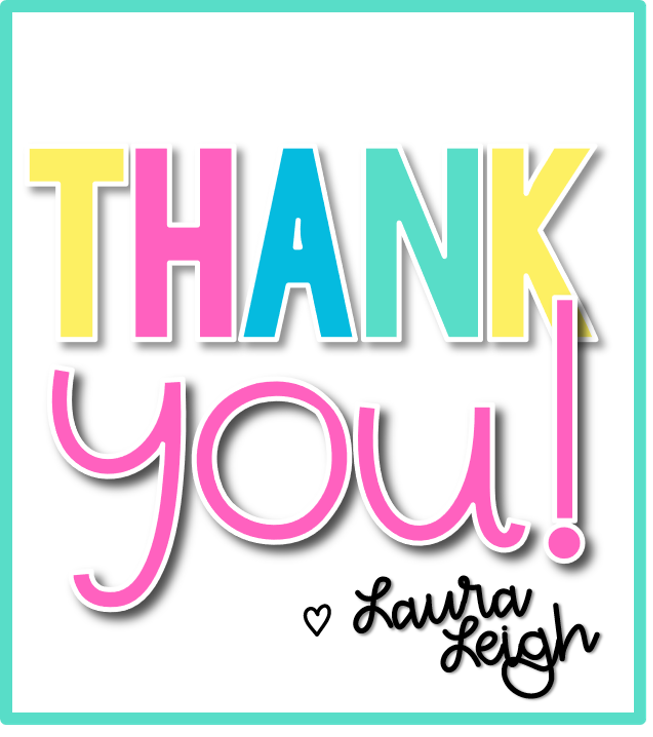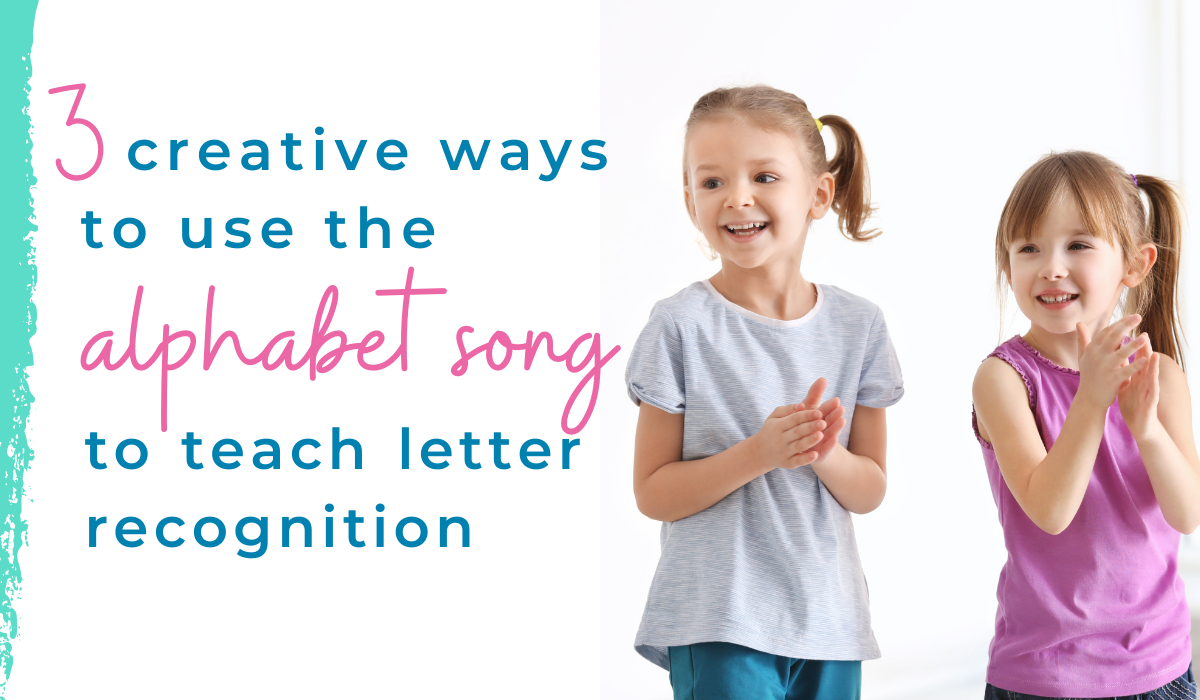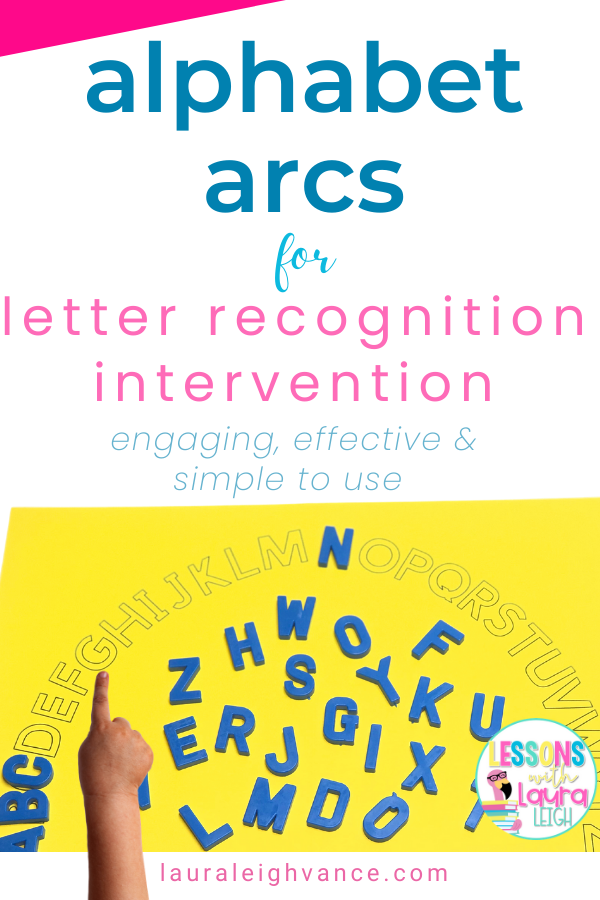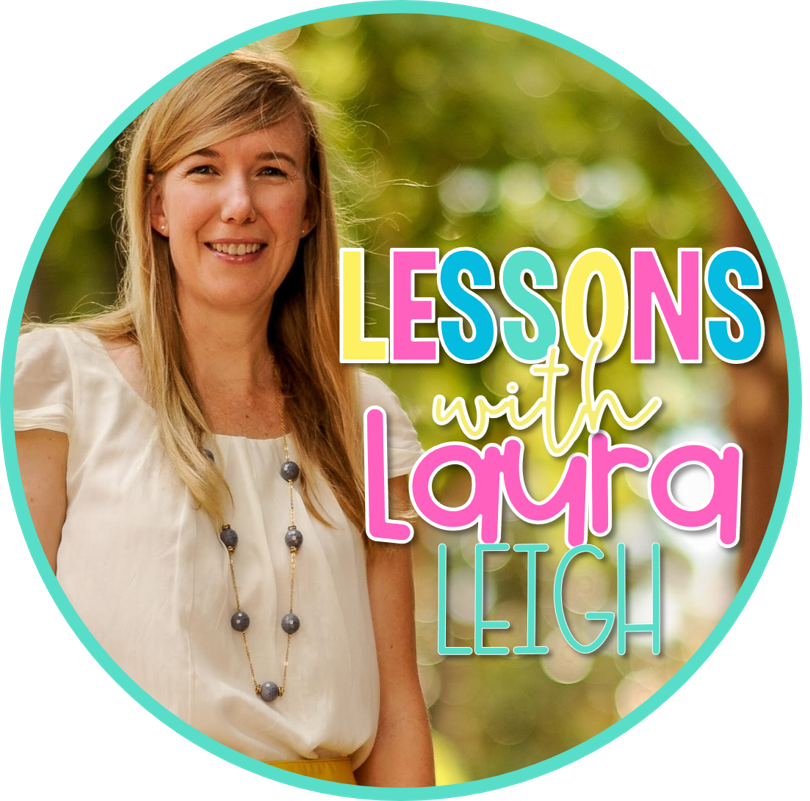Do you remember learning the ABCs? Learning the letters of the alphabet often begins with singing the alphabet song. Can you hear the off-key refrain,
“L-M-N-O-P,”
sung by tiny voices right now? I bet you even sang those letters as you read!
Many students enter kindergarten knowing how to sing the ABC song since most children learn how to say the alphabet around age 4. However, singing the alphabet song and recognizing letters in print are two very different things.
I’ll always remember when a parent asked why her daughter, Leslie, needed letter recognition goals on her Individualized Education Plan (IEP).
“She can say the letters just fine!” the mom emphasized.
I realized then how much confusion there is when we say students know their letters. Leslie could sing the ABC song with ease, yet she couldn’t tell me the letter name when shown in print.
Instruction during kindergarten and first grade should ensure students know the alphabet and can use it with ease and fluency– a big task for sure!
Why not use this faithful classic to increase their fluency with letter recognition? As busy teachers, we can use all the simple tricks to improve student learning!
Here are 3 creative ways to use the alphabet song in your classroom tomorrow!
Squeeze the Alphabet Song into Your Daily Schedule.
Finding it difficult to fit everything into your schedule? Then sing the ABC song during transitions. Have students sing the alphabet song as a daily warmup on their way to small group reading instruction. You’ll be surprised at how many places you can find to squeeze the alphabet song into your daily routine!
Vary the Ways You Sing the Alphabet Song
When singing the traditional version of the ABC song, kids tend to slur the letters L-M-N-O-P. Encourage students to slow down when singing this portion.
Or, put a new spin on the classic alphabet song. Sing the song to different tunes such as “Twinkle, Twinkle Little Star.” By choosing a different versions, you can eliminate the “elemeno” problem.
Not musically inclined? Here’s something to help.
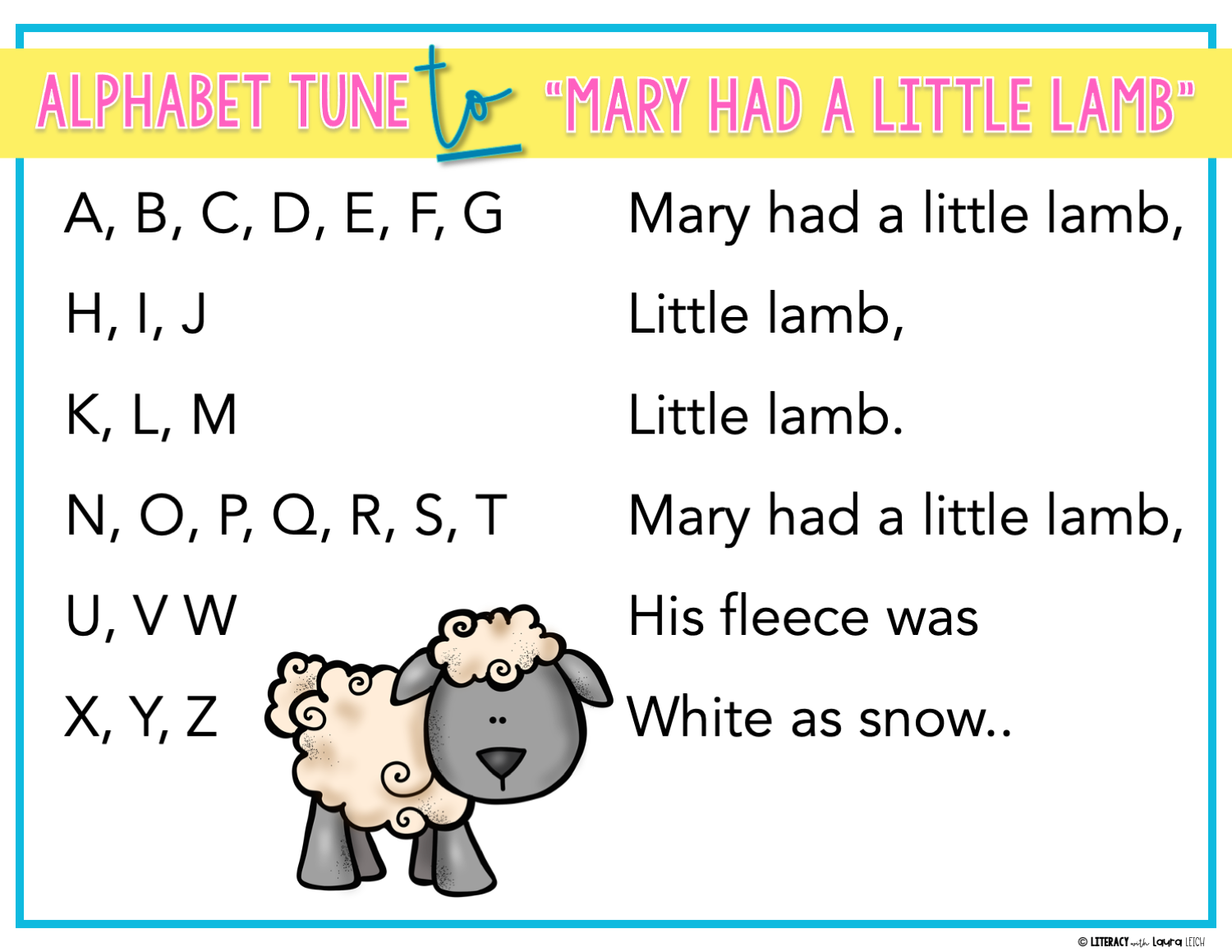
Check out Neuhaus Education Center, which also provides free audio recordings to play in your classroom using the alphabet song set to various tunes, including Mary Had a Little Lamb, Old MacDonald, and more.
Link the Alphabet Song to a Visual Representation of the Letter
Leslie may have known the ABC song, but I had to find a way to link the letters in print to her current knowledge.
- First, we began pointing to the alphabet chart while singing the ABC song.
- Next, we used an alphabet arc and pointed to the letters as we sang. Not sure what an alphabet arc is? Check out my post “3 Alphabet Arc Activities That Boost Letter Recognition (fast)” to learn more.
- And I provided a list of fun alphabet videos to her mom, so they could watch them together at home. Super Simple Songs has a wonderful collection for classroom or home learning. (My own 4-year-old daughter loves them, too!)
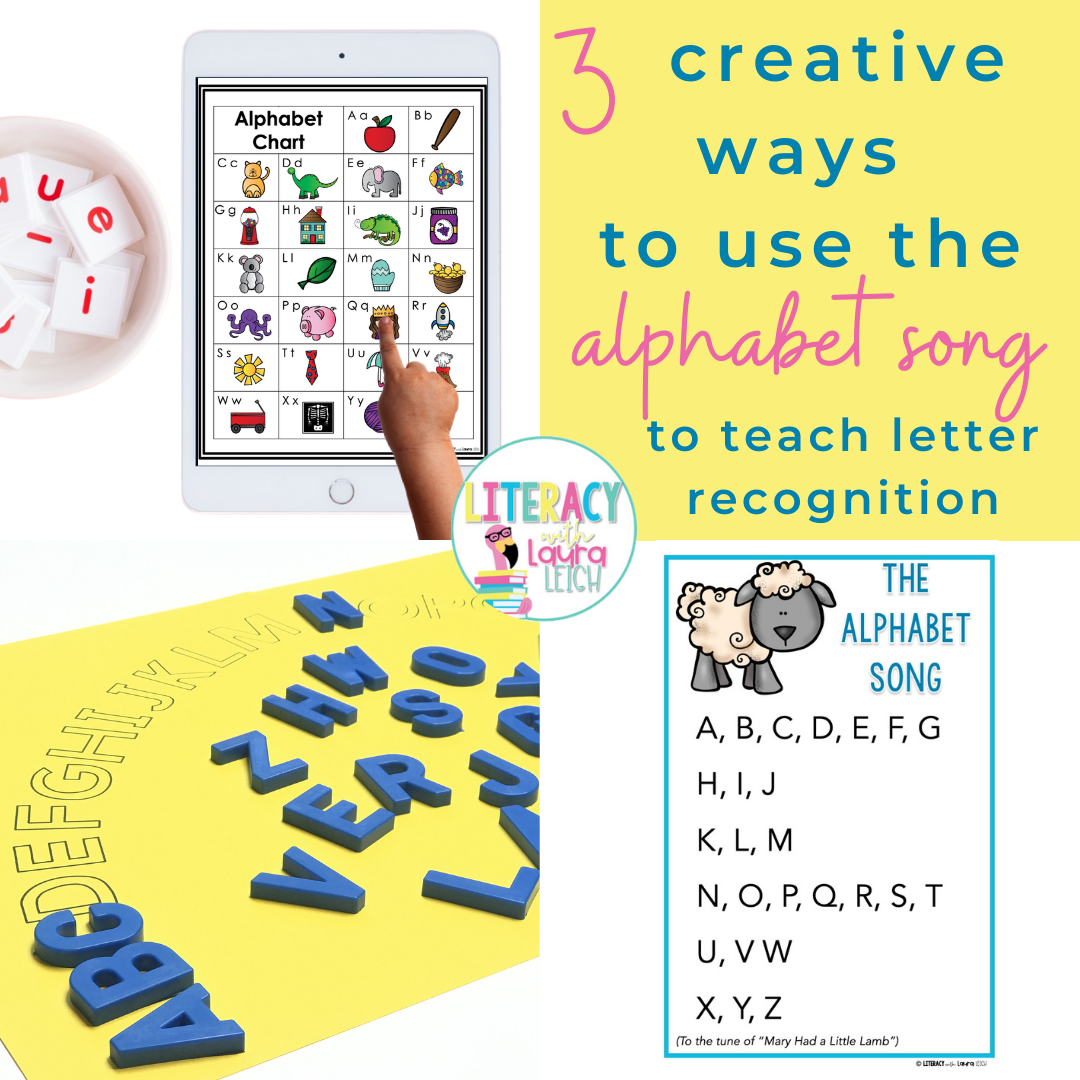
Can you hear the off-key refrain, “L-M-N-O-P,” sung by tiny voices in your classroom right now? I hope so because those students are well on their way to becoming letter recognition experts!
If you had fun teaching the ABC song then you’ll enjoy these blog posts, to0:
7 Simple + Fun Activities that Improve Letter Recognition in 5 Minutes
Letter Recognition Assessment: Start Here. Do Not Pass Go.
3 Alphabet Arc Activities that Boost Letter Recognition (Fast)
If you’d like to try out the alphabet arc I use, CLICK HERE to grab yours for FREE.
